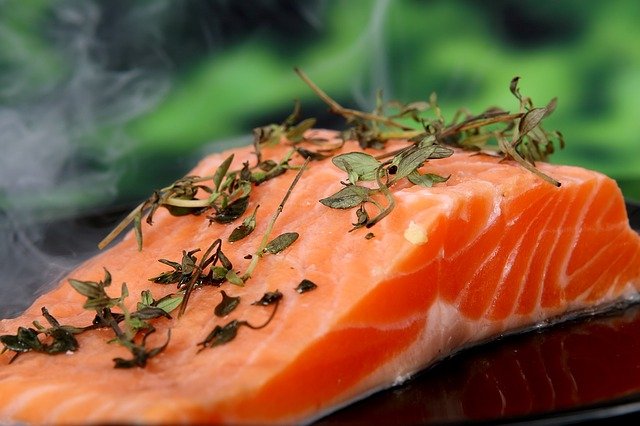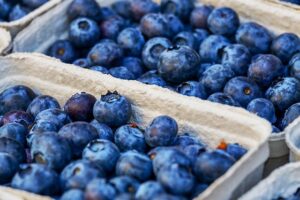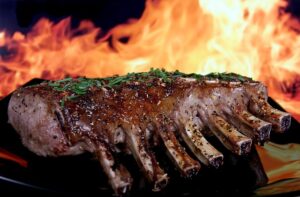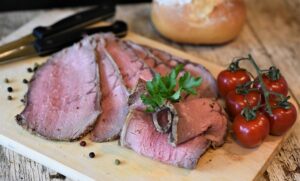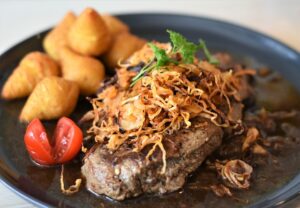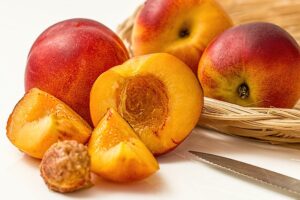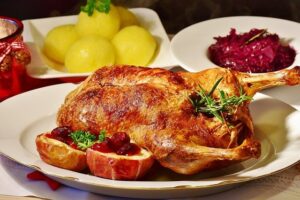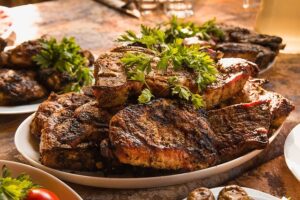Introduction
When an egg is fried, a fascinating transformation takes place within the protein structure of the egg. The heat applied during the frying process causes the proteins in the egg to denature and coagulate, resulting in a solid and delicious fried egg. In this article, we will delve deeper into the changes that occur to the protein in an egg when it is fried.
Denaturation of Proteins
Denaturation: Denaturation is a process in which the protein structure undergoes a change, resulting in the loss of its original shape and function. When an egg is subjected to heat, the proteins within it denature. This means that the heat disrupts the weak bonds that hold the protein structure together, causing the proteins to unfold and lose their three-dimensional shape.
Coagulation of Proteins
Coagulation: Coagulation is the process in which denatured proteins form a network or solid mass. When an egg is fried, the denatured proteins in the egg come together and coagulate, forming a solid structure. This is what gives a fried egg its characteristic texture.
Maillard Reaction
Maillard Reaction: The Maillard reaction is a chemical reaction that occurs between amino acids and reducing sugars when exposed to heat. This reaction is responsible for the browning and flavor development in fried eggs. During the Maillard reaction, new compounds are formed, resulting in the delicious aroma and taste associated with fried eggs.
Changes in Nutritional Value
When an egg is fried, there are some changes in its nutritional value compared to a raw egg. The heat from frying can cause some loss of heat-sensitive nutrients such as certain vitamins. However, frying an egg also increases the bioavailability of other nutrients, making them easier for our bodies to absorb. Overall, the nutritional impact of frying an egg is relatively minimal.
Conclusion
In conclusion, when an egg is fried, the proteins within it undergo denaturation and coagulation. The heat causes the proteins to unfold and lose their original shape, resulting in the formation of a solid structure. The Maillard reaction adds flavor and aroma to the fried egg. While there may be some minor changes in the nutritional value of a fried egg compared to a raw egg, the overall impact is relatively insignificant.
References
– Food Chemistry: https://www.sciencedirect.com/journal/food-chemistry
– Journal of Agricultural and Food Chemistry: https://pubs.acs.org/journal/jafcau
– USDA FoodData Central: https://fdc.nal.usda.gov/

